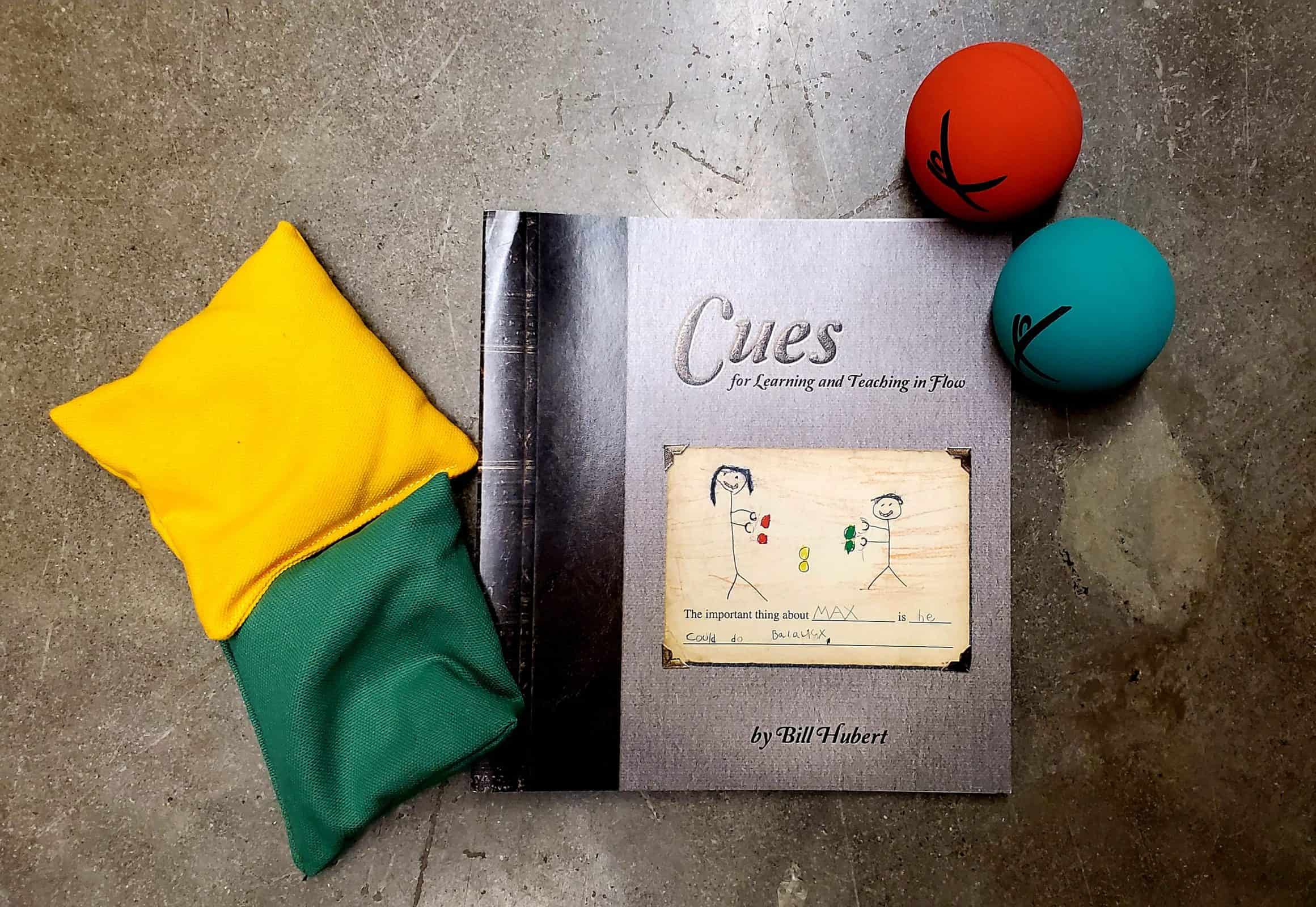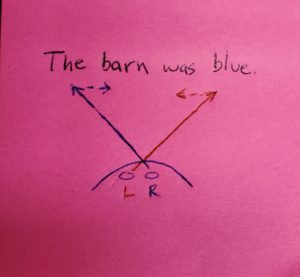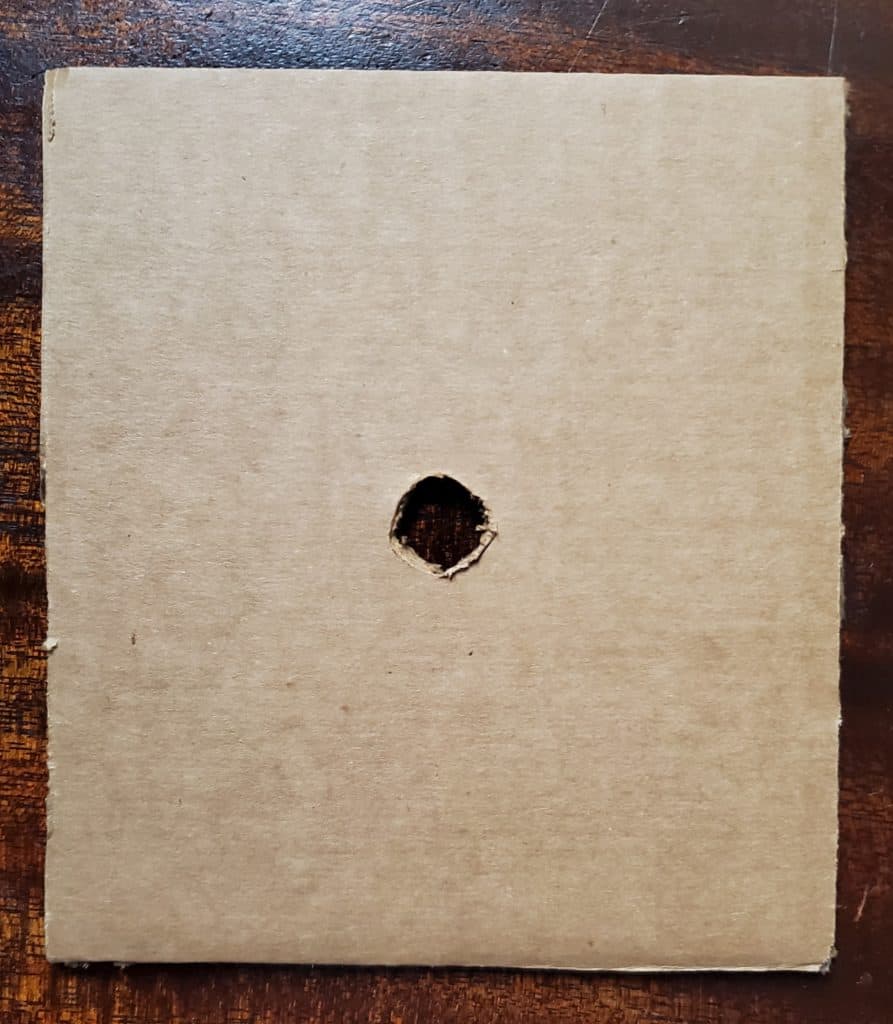
The Brilliance Behind Bal-A-Vis-X
The following video drummed up tons of interest in Bal-A-Vis-X over the past year:
It’s how I was made aware of it. I was tagged via facebook, twice. While certainly intriguing and catchy, these edits of action do not give its premise justice. Bal-A-Vis-X (Balance Auditory Visual Exercises) is not a game. It is a readiness and righting tool built upon many layers of neuroscience. The goal is integration.
Bill Hubert was an elementary teacher with a background in martial arts. He noticed that the kids who struggled academically also struggled physically. He watched and drew conclusions. Decades later, studies confirmed he was right and explained why.
Neural pathways are created physically first.
If kids can’t balance or walk a straight line, how are they going to be able to read (let alone comprehend what they are reading)? Reading is a product of vision and processing.
Vision Tracking: Freezes, Slips, & Skipbacks
The ability to track a moving object with your eyes is directly related to how you ‘read’ or take in information.
We’ll use the sentence: The dog with the shiny black skin was barking loudly at the man.
A freeze is paralyzed and stuck. It does not respond to external movement. Fight or flight overdrive.
Reads as nothing. No response.
A slip moves with object but then slips ahead of it. It is almost as if it’s trying to anticipate/ beat it to the spot on its trajectory.
Reads as, “The dog with the man.”
A skipback follows for a while but then skips back to start. Personified, it is like a do-over or double check that resets things back to the beginning.
Reads as, “The dog with the… The dog with the…”
Here is the cross, X, circle test, which turned out flawlessly on this test subject:
Dominant Eye
Your dominant eye determines which diagonal you begin scanning with.

English is read left to right, so those with Right Eye dominance are wired in favor of the direction we read in. Those with left eye dominance (including myself) naturally scan to the right first. Our more inhibited eye is asked to override the natural. When we are stressed, the function of the lesser eye shuts down. I skip right to the end when frazzled or trying to cope with too much.
Determining your dominant eye requires a small piece of cardboard with a fingertip-sized hole in the middle:

Measurements are: 6 in. x 6 in.
Here’s how you use it:
Look through hole with both eyes (using both hands) at a fixed object. Pull toward face.
Dominant Ear
If you were trying to eavesdrop in what was going on in the next room, which ear would you put on the wall or door? Notice that both hands are placed on surface as head adjusts:
Gross Motor – Hand & Foot
Which hand do they choose to throw with, which foot do they choose to kick with?
When you toss a bag to them higher then their head does the head and eyes move to follow it?
Have them one arm throw it back.
If you drop a bag on the ground in front of them do their head and eyes go to it?
Have them kick it back.
Fine Motor – Hand
If you asked them to sign your sleeve (if you don’t have a piece of paper), which hand do they use?
Hemispheric Dominance
The left brain relies on logic. It analyzes, structures, sequences, and waits to do. The right Gestalt brain is based on quick perception. It takes a snapshot, sums up, ‘gets it’, and does.
Folks with right input dominance (eye, ear) use their left brain to process.
Folks with left input dominance use their right brain to process.
Gross and fine motor are output based.
If there is not agreement on input (ear and eye differ) you can assess hemispheric dominance you can ask them about a familiar story and see what their response is.
“What can you tell me about Goldilocks and the Three Bears?”
Left brain answer: There was a girl and she went to a house in the woods and the house was empty but in it she found three beds. One was too hard, one was too soft, and one was just right. She also found three bowls of porridge there – one was too hot, one was too cold, and one was just right….
Right brain answer: A girl slept in beds and ate some gruel. (Right brains tend to lack immediate emotional connection).
Why this information matters
Classrooms of students fall into three groups: those that will learn no matter what (the “I Cans”), those that can learn with the right help or nudge (the “Maybes), and those that won’t seem to pick things up no matter what you do (the “I Can’ts). Bal-A-Vis-X is for the latter two that struggle. It poses an intriguing challenge for those that Can, but it is a means of reconciling and building up those who fall into Maybes and I Can’ts. It provides confidence through capability and helps balance out stimulation needs that are a precursor to focus and attention.
People who are labeled dumb or slow or troublemakers are often simply misunderstood. They are not same as the same and normal has been branded. They process differently. They may be asked to sit and take input in from locations that ask too much from their non-dominant side. They already think something is wrong with them. They’ve overheard and recognize which group they’ve been placed in.
Knowing these differences exist offers strategies for mediation. It changes expectations to deal with struggle rather than let it fester and become frustrating.
The rhythmic audio-visual movements of Bal-A-Vis-X are meant to to synchronize and harmonize. They are an act of integration between the hemispheres. The motions crossover each half, purposefully. The objective is to create competency on both sides so the ‘switchover’ can happen seamlessly when the situation calls for it. Their new trauma informed program is a system of patterns and exercises that allow youngsters to self-regulate, without the soothing or inciting foray of balls or bags being toss-bounced in the corner.
More about Bill, the actual exercises, and trauma layering can be found in part 2.



